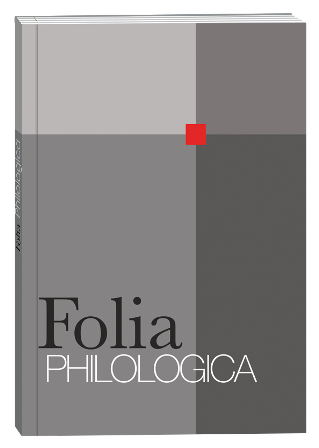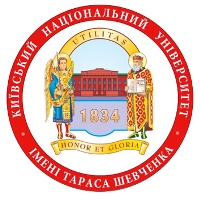SEMANTIC BACKGROUND OF BINOMIALS WITH FOOD NAMES AS VARIETIES OF COORDINATE PHRASES
DOI:
https://doi.org/10.17721/folia.philologica/2023/5/4Keywords:
binomials, coordinate phrases, coordinating conjunctions, copulative relations, semantic backgroundAbstract
The article is devoted to the study of the semantic level of English idiomatic expressions, which linguists distinguish into a separate group of binomials. It is noted that there is no single unified view of these phrases, and most linguists distinguish them as a type of phraseological units. However, binomials differ from other constructions in their formal and grammatical organization. A binomial construction combines two words belonging to a specific lexical and grammatical class and is connected through coordinating relation. It is emphasized that these units are “frozen” coordinate word combinations with copulative relations, from which they have adopted the main parameters and, at the same time, acquired new ones due to transformation. In contrast to free coordinative phrases, binomials cannot be rearranged, changed or supplemented. The analysis has shown that, despite the formal and grammatical openness caused by the specificity of the copulative conjunction and, binomials are inherently semantically closed. It is noted that, unlike ordinary coordinate phrases, the components of a binomial can be service words that do not have lexical meaning by their nature. However, the coordinating relation that connects them determines the acquisition of different semantic shades by such a binomial construction. Therefore, these idiomatic expressions are a vivid example of the close interaction between formal grammatical, semantic, and syntactic levels. Another feature of binomials is the interaction of their constituents: in a free coordinate phrase, the components show equality and independence, while in a binomial expression, the interdependence of the left and right components is clearly traced. Considering the semantic, it is advisable to classify binomials into three groups: 1) those in which the meaning of the binomial is fully motivated by the component composition; 2) idiomatic expressions that, having a direct meaning, can simultaneously acquire a figurative meaning; 3) binomials whose meaning is not motivated by the meaning of their components.
References
Bondarenko, T. B., Mitroshyna, K. M. (2018). Vidobrazhennia prahmatychnoho aspektu funktsionuvannia anhliiskykh binomialiv v ukrainskomu perekladi [Reflection of the pragmatic aspect of the functioning of English binomials in Ukrainian translation]. Advanced Linguistics. № 1. P. 21–25 [in Ukrainian].
Vykhovanets, I. R. (1993). Hramatyka ukrainskoi movy. Syntaksys: Pidruchnyk [Grammar of the Ukrainian language. Syntax: Textbook.]. Kyiv: Lybid [in Ukrainian].
Davydenko, N., Zemlianoi, A. (2020). Binominaly anhliiskoi movy, yikh vydy ta pereklad [Binomials of the English language, their types and translation]. Aktualni pytannia filolohii ta metodyky vykladannia mov – Topical issues of philology and language teaching methods. Issue 3 (15). Part 1. P. 189–202 [in Ukrainian].
Dudyk, P. S. (1998). Slovospoluchennia v ukrainskii literaturnii movi: Navchalnyi posibnyk [Phrases in the Ukrainian Literary Language: Study guide]. Kyiv [in Ukrainian].
Medvedieva, L. M. (1994). Anhlo-ukrainskyi slovnyk parnykh slovospoluchen [English-Ukrainian Dictionary of Binomial Expressions] / edited by O. E. Semenets. Kyiv: Ukrainska еncyclopaedia named after M. P. Bazhan [in Ukrainian].
Bilonozhenko, V. M. (1999). Frazeolohichnyi slovnyk ukrainskoi movy [Phraseological dictionary of the Ukrainian language]. Kyiv: Naukova dumka [in Ukrainian].
Khrin, I. V. (2020). Binomialy v anhliiskii movi ta spetsyfika yikh vzhyvannia [Binomials in English and the specificity of their use]. Science and Education a New Dimension. Philology. VIII (71), Issue 240, Nov. P. 31 [in Ukrainian].
Bhatia, V. (1994). Cognitive structuring in legislative provisions. Language and law / ed. J. Gibbons. № 3. Р. 78–90.
Malkiel, Y. (1959). Studies in irreversible binomials. Lingua. № 8. Р. 113–160.
Mollin, S. (2014). The (Ir)reversibility of English Binomials. Amsterdam: John Benjamins Publishing Company.








